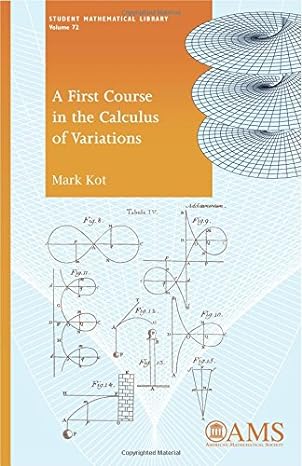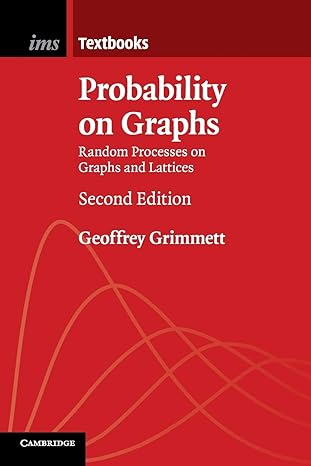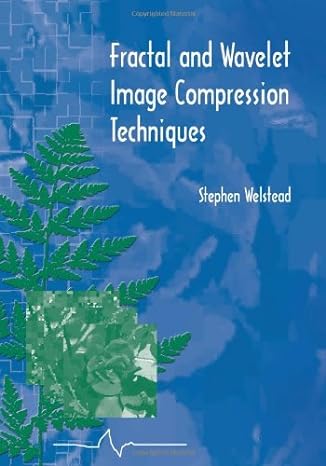Go back


A First Course In The Calculus Of Variations(1st Edition)
Authors:
Mark Kot

Cover Type:Hardcover
Condition:Used
In Stock
Shipment time
Expected shipping within 2 DaysPopular items with books
Access to 30 Million+ solutions
Free ✝
Ask 50 Questions from expert
AI-Powered Answers
✝ 7 days-trial
Total Price:
$0
List Price: $43.49
Savings: $43.49(100%)
Solution Manual Includes
Access to 30 Million+ solutions
Ask 50 Questions from expert
AI-Powered Answers
24/7 Tutor Help
Detailed solutions for A First Course In The Calculus Of Variations
Price:
$9.99
/month
Book details
ISBN: 1470414953, 978-1470414955
Book publisher: American Mathematical Society (October 6, 2014)
Get your hands on the best-selling book A First Course In The Calculus Of Variations 1st Edition for free. Feed your curiosity and let your imagination soar with the best stories coming out to you without hefty price tags. Browse SolutionInn to discover a treasure trove of fiction and non-fiction books where every page leads the reader to an undiscovered world. Start your literary adventure right away and also enjoy free shipping of these complimentary books to your door.
Book Summary: This book is intended for a first course in the calculus of variations, at the senior or beginning graduate level. The reader will learn methods for finding functions that maximize or minimize integrals. The text lays out important necessary and sufficient conditions for extrema in historical order, and it illustrates these conditions with numerous worked-out examples from mechanics, optics, geometry, and other fields. The exposition starts with simple integrals containing a single independent variable, a single dependent variable, and a single derivative, subject to weak variations, but steadily moves on to more advanced topics, including multivariate problems, constrained extrema, homogeneous problems, problems with variable endpoints, broken extremals, strong variations, and sufficiency conditions. Numerous line drawings clarify the mathematics. Each chapter ends with recommended readings that introduce the student to the relevant scientific literature and with exercises that consolidate understanding.
Customers also bought these books
Frequently Bought Together
Top Reviews for Books
Mohamed Moussa
( 4 )
"Delivery was considerably fast, and the book I received was in a good condition."










